
Max Ferdinand Perutz was an Austrian-born British molecular biologist, who shared the 1962 Nobel Prize for Chemistry with John Kendrew, for their studies of the structures of haemoglobin and myoglobin. He went on to win the Royal Medal of the Royal Society in 1971 and the Copley Medal in 1979. At Cambridge he founded and chaired (1962–79) The Medical Research Council (MRC) Laboratory of Molecular Biology (LMB), fourteen of whose scientists have won Nobel Prizes. Perutz's contributions to molecular biology in Cambridge are documented in The History of the University of Cambridge: Volume 4 , published by the Cambridge University Press in 1992.
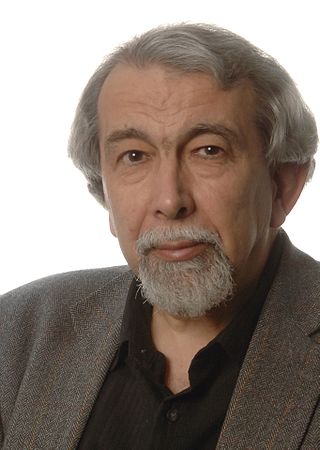
Sir Thomas Leon Blundell, is a British biochemist, structural biologist, and science administrator. He was a member of the team of Dorothy Hodgkin that solved in 1969 the first structure of a protein hormone, insulin. Blundell has made contributions to the structural biology of polypeptide hormones, growth factors, receptor activation, signal transduction, and DNA double-strand break repair, subjects important in cancer, tuberculosis, and familial diseases. He has developed software for protein modelling and understanding the effects of mutations on protein function, leading to new approaches to structure-guided and Fragment-based lead discovery. In 1999 he co-founded the oncology company Astex Therapeutics, which has moved ten drugs into clinical trials. Blundell has played central roles in restructuring British research councils and, as President of the UK Science Council, in developing professionalism in the practice of science.
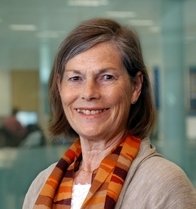
Dame Louise Napier Johnson,, was a British biochemist and protein crystallographer. She was David Phillips Professor of Molecular Biophysics at the University of Oxford from 1990 to 2007, and later an emeritus professor.
The Sir William Dunn School of Pathology is a department within the University of Oxford. Its research programme includes the cellular and molecular biology of pathogens, the immune response, cancer and cardiovascular disease. It teaches undergraduate and graduate courses in the medical sciences.

Sir Anthony Kevin Cheetham is a British materials scientist. From 2012 to 2017 he was Vice-President and Treasurer of the Royal Society.

Dame Angela Ruth McLean is professor of mathematical biology in the Department of Biology, University of Oxford, and Chief Scientific Adviser to the UK Government.
Judith Patricia Armitage is a British molecular and cellular biochemist at the University of Oxford.

Dame Fiona Magaret Powrie is currently the head of the Kennedy Institute of Rheumatology at the University of Oxford. Formerly she was the inaugural Sidney Truelove Professor of Gastroenterology at the University of Oxford. She is also head of the Experimental Medicine Division of the Nuffield Department of Clinical Medicine.

Stephen C. Harrison is professor of biological chemistry and molecular pharmacology, professor of pediatrics, and director of the Center for Molecular and Cellular Dynamics of Harvard Medical School, head of the Laboratory of Molecular Medicine at Boston Children's Hospital, and investigator of the Howard Hughes Medical Institute.

James Henderson Naismith is Professor of Structural Biology at the University of Oxford, former Director of the Research Complex at Harwell and Director of the Rosalind Franklin Institute. He previously served as Bishop Wardlaw Professor of Chemical Biology at the University of St Andrews. He was a member of Council of the Royal Society (2021-2022). He is currently the Vice-Chair of Council of the European X-ray Free Electron Laser and Vice-President (non-clinical) of The Academy of Medical Sciences. It has been announced that he will be the Head of the MPLS division at Oxford in the autumn of 2023.
Ann C. Palmenberg is a professor of virology and biochemistry at the University of Wisconsin-Madison. She received her B.S. from St. Lawrence University and her Ph.D. from the University of Wisconsin-Madison. Dr. Palmenberg has been given numerous awards for her research and involvement within the scientific community, such as Fellow for the American Academy of Microbiology. News articles have been published about her work within virology, including an article in the Milwaukee Journal Sentinel on her findings on the common cold.
Sir David Ian Stuart is a Medical Research Council Professor of Structural Biology at the Wellcome Trust Centre for Human Genetics at the University of Oxford where he is also a Fellow of Hertford College, Oxford. He is best known for his contributions to the X-ray crystallography of viruses, in particular for determining the structures of foot-and-mouth disease virus, bluetongue virus and the membrane-containing phages PRD1 and PM2. He is also director of Instruct and Life Sciences Director at Diamond Light Source.

(Edith) Yvonne Jones is director of the Cancer Research UK Receptor Structure Research Group at the University of Oxford and a Fellow of Jesus College, Oxford. She is widely known for her research on the molecular biology of cell surface receptors and signalling complexes.
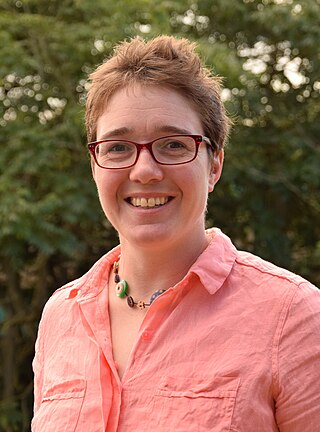
Charlotte Mary Deane is an English Professor of Structural Bioinformatics and the former Head of the Department of Statistics at the University of Oxford.
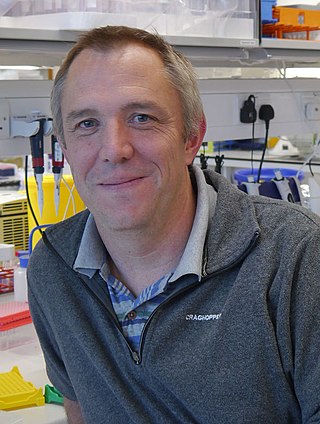
Andrew P. Carter is a British structural biologist who works at the Medical Research Council (MRC) Laboratory of Molecular Biology (LMB) in Cambridge, UK. He is known for his work on the microtubule motor dynein.

Annalisa Pastore is a Professor of Chemistry and Molecular Biology at King's College London. In 2018 she was appointed full professor at the Scuola Normale Superiore di Pisa. In 2022, she was appointed director of research for life sciences, chemistry and soft matter science at European Synchrotron Radiation Facility. She resigned in Frebruary 2023.
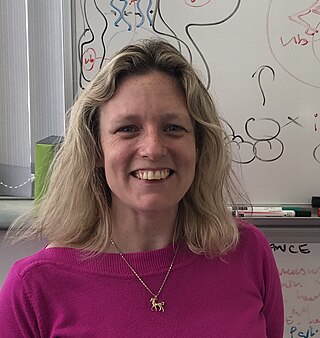
Helen Walden is an English structural biologist who received the Colworth medal from the Biochemical Society in 2015. She was awarded European Molecular Biology Organization (EMBO) membership in 2022. She is a Professor of Structural Biology at the University of Glasgow and has made significant contributions to the Ubiquitination field.
Nicola Jane Stonehouse is a British virologist who is a professor in molecular virology at the University of Leeds. Her research investigates viral diseases and the use of RNA aptamers to study viral proteins. She has worked on the development of a novel poliovirus vaccine that makes use of virus-like particles.
Ervin Fodor is a British virologist of Hungarian origin born in Czechoslovakia. He is Professor of Virology holding the position of reader in experimental pathology in the Sir William Dunn School of Pathology at the University of Oxford. He is also a professorial fellow at Exeter College, Oxford.
Elizabeth P. Carpenter is a British structural biologist who is a professor at the Nuffield Department of Medicine in Oxford. She solved the three-dimensional structure of human membrane proteins using X-ray crystallography. Carpenter uses X-ray crystallography to understand the atomic positions within proteins.












